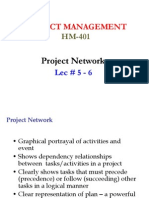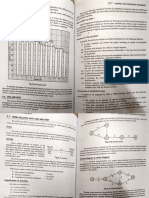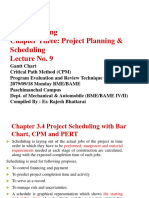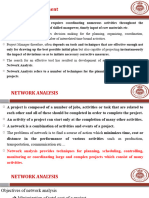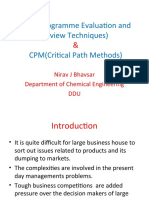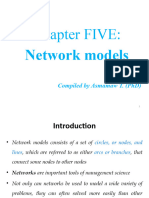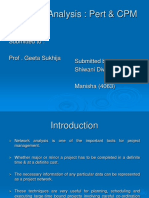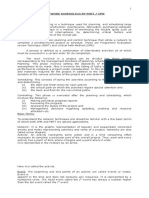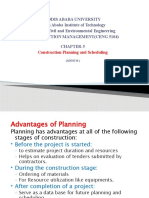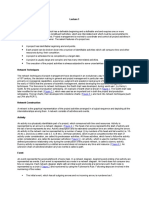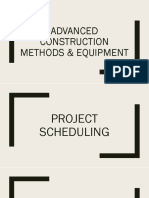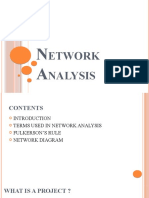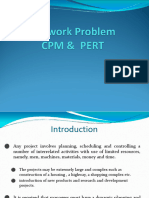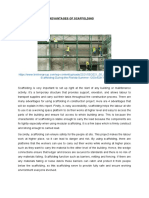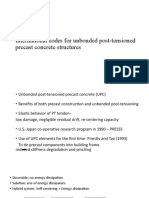0% found this document useful (0 votes)
33 views29 pagesConstruction Scheduling Insights
Network techniques involve planning and scheduling construction projects using network diagrams like PERT (Program Evaluation and Review Technique) and CPM (Critical Path Method). These were initially developed in the late 1950s to provide a more formal approach to project management than traditional methods. Network techniques break projects down into activities with logical relationships, durations, and dependencies to calculate start times, finish times, and float to determine the critical path. However, full adoption of these techniques in the construction industry has been slow.
Uploaded by
faisal SCopyright
© © All Rights Reserved
We take content rights seriously. If you suspect this is your content, claim it here.
Available Formats
Download as PDF, TXT or read online on Scribd
0% found this document useful (0 votes)
33 views29 pagesConstruction Scheduling Insights
Network techniques involve planning and scheduling construction projects using network diagrams like PERT (Program Evaluation and Review Technique) and CPM (Critical Path Method). These were initially developed in the late 1950s to provide a more formal approach to project management than traditional methods. Network techniques break projects down into activities with logical relationships, durations, and dependencies to calculate start times, finish times, and float to determine the critical path. However, full adoption of these techniques in the construction industry has been slow.
Uploaded by
faisal SCopyright
© © All Rights Reserved
We take content rights seriously. If you suspect this is your content, claim it here.
Available Formats
Download as PDF, TXT or read online on Scribd
/ 29



